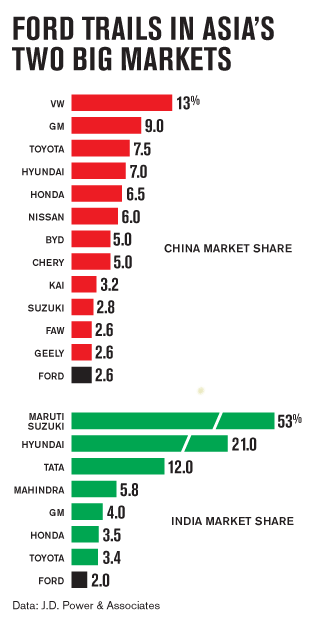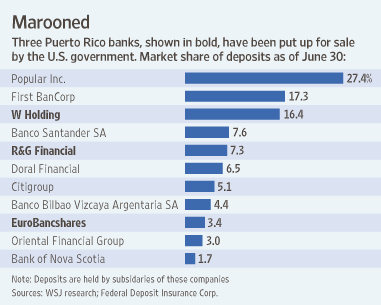In a recent article fellow blogger and portfolio manager, Roger Nusbaum noted that “it is very difficult to build an ETF portfolio that emphasizes dividend yield.” Update: Please note that Roger said the previous statement in the context of building a portfolio with ETFs at the sector level. My article below discusses about using dividend ETFs at the market/index levels.
I came across a paper that discussed this topic in more detail.
The ETF provider iShares(UK) has published a report on using dividend yield ETFs for income. The following are some of the key takeaways from this report:
a) ETFs provide the benefits of dividend investing, combined with the usual advantages of index investing: easy diversification, low costs, transparency and market representativeness.
b) Many factors are considered when building dividend indices.For example, STOXX and Euro STOXX Select Dividend indices screen companies based on dividend per share growth and earnings per share ratios whereas DivDAX uses one-year historic yields.
Methodologies followed by various dividend Indices:
Click to Enlarge
c) iShares offers country-specific and regional dividend ETFs to track the following indices:
d) “There are two key differences between the dividend yield of an index and the distribution yield of the ETF that is tracking that index.
1. The historical fund distribution yield is based on the last 12 months of fund distributions and therefore is NOT EQUAL to the future/expected fund distribution yield
2. The index dividend yield is NOT EQUAL to the fund distribution yield”
e) Dividend ETFs can be used to offset inflation, create regular inflows, enhance portfolio yield and reduce portfolio volatility
To download the Equity Income: Investment and Strategies with iShares ETFs paper, click here.
Related ETFs from iShares(US):
1. Dow Jones International Select Dividend Index Fund (IDV)
12-Month Yield: 3.85%
2. Dow Jones Select Dividend Index Fund (DVY)
12-Month Yield: 3.57%
3.S&P U.S. Preferred Stock Index Fund (PFF)
12-Month Yield: 7.41%

